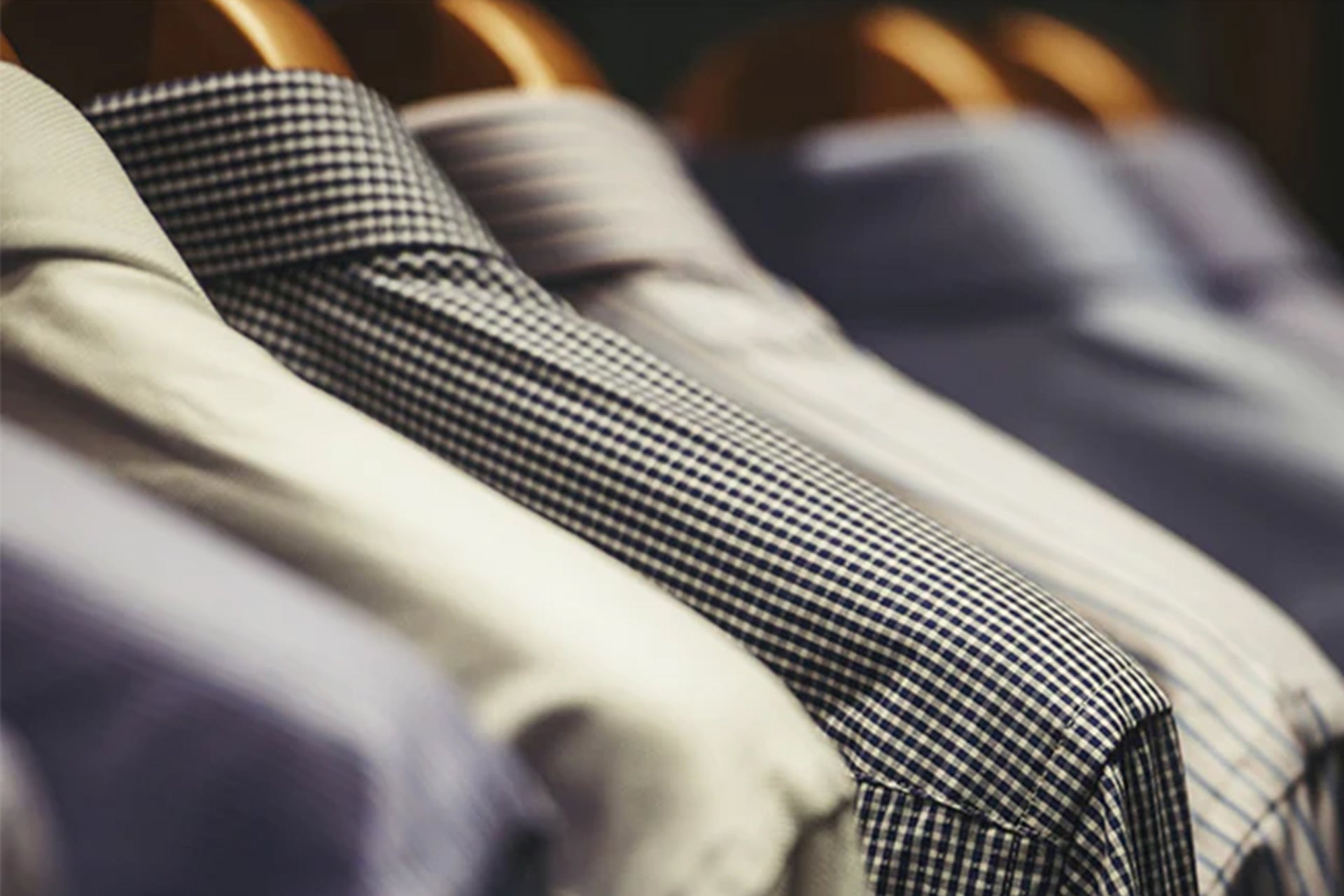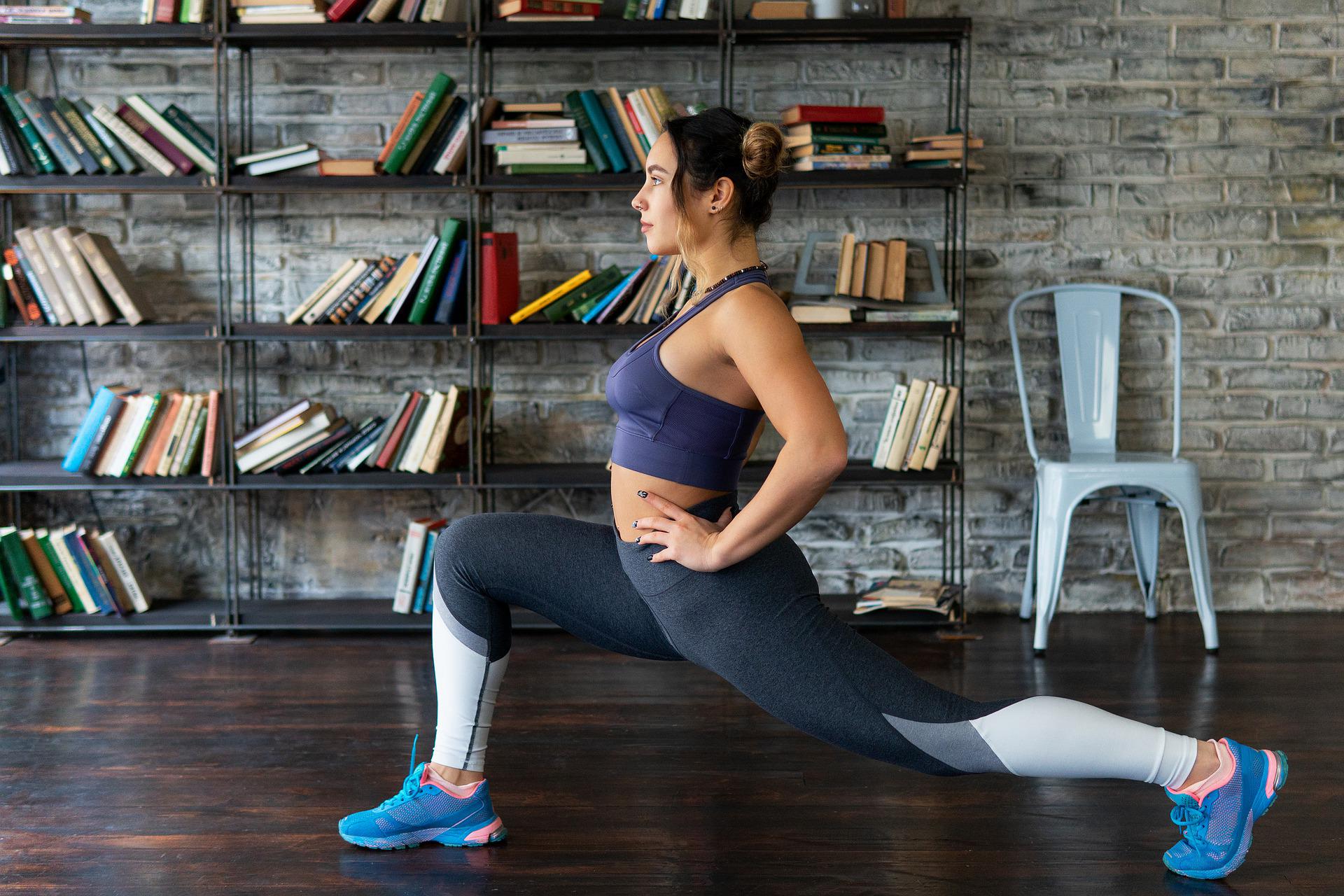Remove Stains from Clothes

As social distancing reduced, sales of stain removal products in the US increased. The makers of Vanish reported in the New York Post that sales had returned to growth. Clearly, we were so happy to see each other again we all started spilling coffee and slopping burritos onto our clothes in celebration. But sadly there is no one size fits all approach to stain removal that actually works. Mix up your grass and paint stain removal methods and you may end up with faded, dirty-looking clothes. Let's take a look at how to get stains out of clothes so you can look sharp every time you leave the house.
How Stain Removal Works
There are two main ways that stain removal products work.
Some use enzymes. Like the enzymes in our bodies, they are biological agents and break the stains down. This is great for organic stains - things like ketchup and bodily fluids.
Others are solvents, like alcohol, and they dissolve the stain. They can work well on grease stains. Some others have surfactants, which work away at loosening the surface of the stains until it's all gone.
Finally, detergents emulsify the stain. That is, they coat it and tease it out of the fabric.
Handy Stain Removal Products to Keep in Your House
Your best friends are three household staples: dish soap, hand wash, and laundry detergent. Even dishwasher detergent has its place. Pick up these cheap additions next time you're at the supermarket or hardware store:
- Denatured alcohol
- Enzyme-based stain pre-treatment
- Acetone (nail polish remover)
- White vinegar (sorry, balsamic vinegar will not work)
- Chlorine clothes bleach
- Baking soda
- Cornstarch
How to Get Acrylic Paint and Dried Paint Out of Clothes
Acrylic paint is great for expressing your arty side, but it can easily get everywhere. There are different techniques for wet and dry paint.
Removing Wet Acrylic Paint
First, remove as much of the excess as possible manually, with a blunt knife or a spoon. Then put it in the clothes washer on a cold cycle with your regular detergent. Heat can set the stain, so avoid applying hot water.
If you can't wash it right away, keep it submerged in cold water until you can. The key is not to let the wet area dry.
Removing Dried Acrylic Paint
First, using a blunt knife or a spoon, flake off as much of the paint as you can. Be careful not to fray the fabric.
Grab your bottle of denatured alcohol and some paper towels. Set your garment on the towels and gently dab at the stain using paper towels soaked in denatured alcohol. This should start to release the stain and you can then wash it on a cold cycle.
In a pinch, you can also use hairspray and acetone if you don't have any denatured alcohol. Which you really should - it's on the shopping list!
Removing Oil-Based Paints
We're going to level with you - removing dried-on oil-based paint (the kind you use on doors and baseboards) is extremely tough. You can try this process, but it may not be successful.
If you get to a wet stain in time though, you've got a higher chance of success. Turn the garment inside out and place the wet stain on some clean rags of paper towels. You're going to take a wad of paper towels, soak it in paint thinner, and dab away at the stain from behind.
Keep blotting until no more paint comes out. It's a good idea to spot test an inconspicuous part of the garment first to check the paint thinner doesn't make the color run.
Next, thoroughly rinse it. Grab dishwasher detergent (yes, you read that right) and soak it in a solution of the detergent and hot water for as long as you can, ideally overnight. Then you can wash it as normal.
If the stain hasn't completely gone, try a stain removal product.
How to Get Grass Stains Out of Jeans and Other Clothes
A fun afternoon in the park can be spoiled by finding your jeans covered in grass stains when you get home. Soccer moms know all about removing these stains and they're not that hard with the right technique.
For cotton garments like jeans and tees, vinegar is the solution. First, soak it for 15 minutes in a solution of two parts water to one part vinegar. Then blot the stain with a white rag to start working out the stain.
Now the stain is prepped, grab enzyme-based laundry detergent and wash as usual.
How to Get Grease and Oil Stains Out of Jeans and Clothing
Does fried chicken feel like a moment on the lips, a lifetime on the shirt? Don't worry, there's a solution to restore your loungewear to its former glory.
It needn't be that way if you grab some cornstarch. A small shower can soak up fresh grease stains, allowing you to simply brush them away and launder them as normal. Alternatively, use baking soda.
If the stain is old, try a presoak with dish soap. The solvents and surfactants work well on dishes and can do the same job on jeans and clothes. Then throw them in the clothes washer as normal.
There are also lots of effective pre-wash stain removal products that can do a great job on oil stains, however set in they are.
How to Get Mildew and Mold Out of Jeans and Other Clothes
If you're wondering whether you've got mold or mildew, don't worry. They overlap because mildew is just a type of mold. Whichever you have, your treatment options are the same.
First, act fast. If left untreated, mildew can cause noticeable damage and discoloration to your clothes. They also make them smell terrible.
First, take the affected garments outside and brush off the mold and mildew. If you do this indoors, the spores could easily spread.
Vinegar is able to kill mold and mildew and deal with the smell. Thankfully, the smell of vinegar itself washes out of clothes very easily. Take a cup of vinegar and add it to a bucket of water as a pre-soak.
Leave the moldy garment in there for at least an hour. A word to the wise - never mix vinegar and bleach. They give off a toxic gas when mixed together.
When your garment is done soaking, wash it on the hottest cycle the label recommends using a detergent that contains enzymes. Check the label to make sure your brand is up to the job.

With the right application within the right time many stains are reversible
How to Get Blood Out of Fabric and Jeans
Blood is frequently listed as one of the most common stains on clothes, which is a little surprising given how hard we work to keep it in our bodies. We're not going to list here how it gets onto our clothes. But as with most stains, it's best if you can catch it when it's still wet.
Removing Damp Blood Stains
If you do, soak the garment in cold water. Don't use hot because it can set the stain. Rub the stain with bar soap and scrub it until it fades away.
Then rub in laundry detergent that contains enzymes.
Let these work on the stain for a while, then wash it by hand using warm water with a little bleach for clothes. This should allow you to completely remove the stain. Only dry the garment when the stain is completely gone.
Removing Dried Blood Stains
Your best choice is to grab a stain removal product that is specially formulated for blood. Soak the garment with the product according to the manufacturer's instructions. If suitable, you can then launder it with bleach for clothes.
How to Get Ink Stains Out of Clothes
If you notice fresh ink on your clothes, whatever you do, don't throw it in the clothes washer. That will set the stain.
Instead, grab your denatured alcohol and a clean, empty jar. Put the fabric with the stain taut over the jar. Gently drip the denatured alcohol through.
Alternatively, place paper towels beneath and do the same.
For dried-on ink stains, choose a specialist stain removal product that is designed for the purpose.
How to Get Stains Out of White Clothes
Stains are not a good look on white clothes but don't worry, they are salvageable. Bleach may seem like the obvious answer, but this can actually make some stains worse.
First, identify the stain. Then tackle as follows:
Food and Grass
Most common non-greasy food and grass stains can be treated with regular laundry detergent, especially if they're fresh. Apply liquid detergent directly to the stain and let it soak for five minutes.
Then rinse it out under cold running water and launder as normal.
Blood and Sweat
Pre-treat the stained area with white vinegar. Rub it in well and then launder as normal.
Dried-On Stains
A simple paste of baking soda can be effective for removing old stains. Simply mix a paste and give it a gentle scrub with an old, clean toothbrush. Rinse thoroughly, then launder as normal. If these methods don't prove successful, there are products specially designed for stain removal on white clothes. There are also products to revive whites, which can start to look a little dull after being laundered several times.
How to Use Bleach in Laundry
Bleaches are powerful tools in your laundry arsenal, but only if you know how to use them correctly. They can restore brightness to whites and other colorfast fabrics.
There are two main kinds:
- Chlorine - the strongest kind, suitable for colorfast clothes and most whites
- Oxygen - gentler and suitable for all washable fabrics
It's vital to read the care label before using bleach. Never assume - always check.
You must always use bleach according to the manufacturer's instructions. This includes never mixing chlorine bleach with any product that contains ammonia or acid, as they can give off seriously toxic fumes.


Check out this video for the best stain remover
The Bottom Line: How to Get Stains Out of Clothes
Now you know how to get stains out of clothes, there's no reason for you ever to panic again. Whatever life throws at your clothes, there's almost always an answer - especially if you treat it quickly.
Is your wardrobe in need of a refresh? Check out our Limited collection of fanny packs at Fedy.





